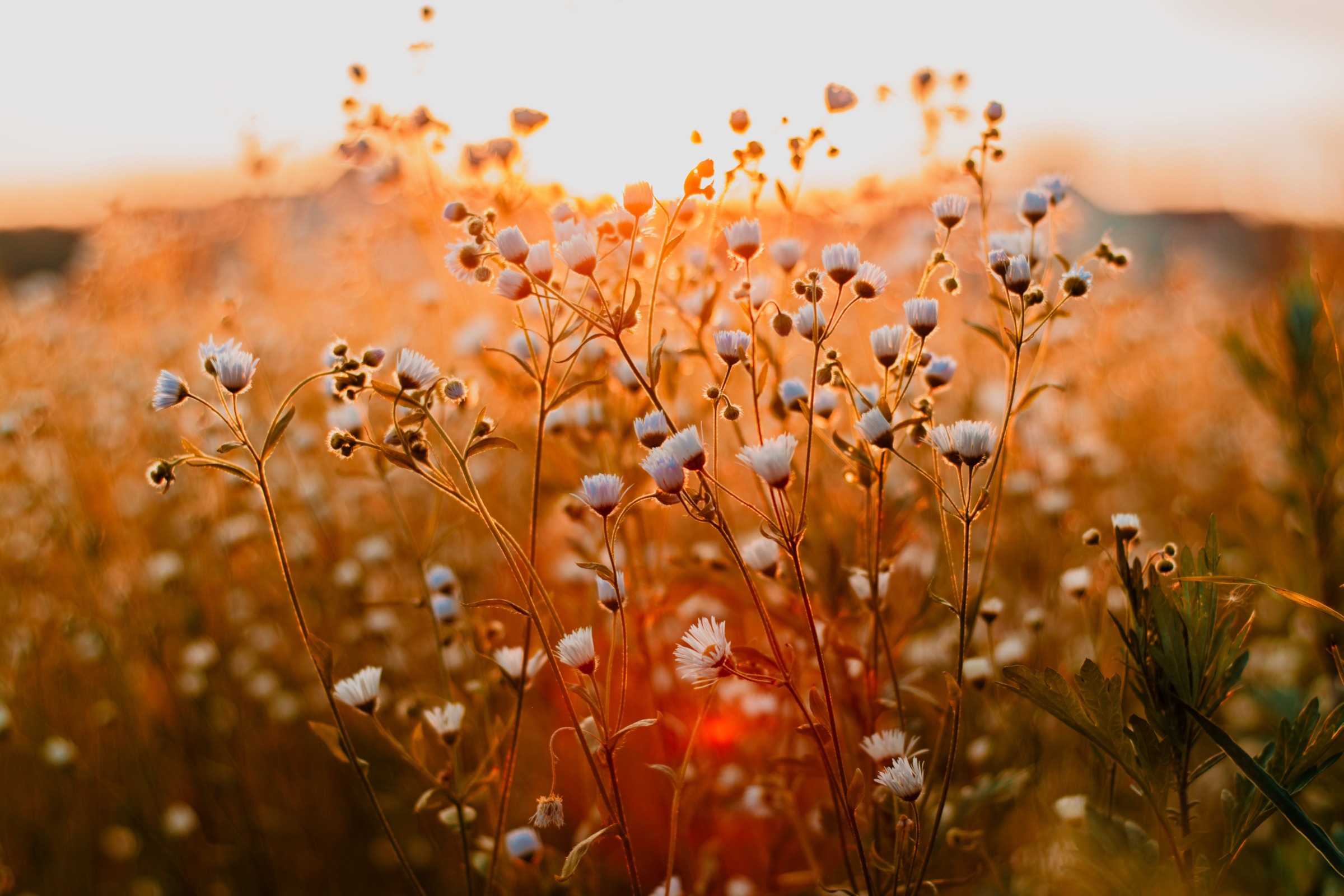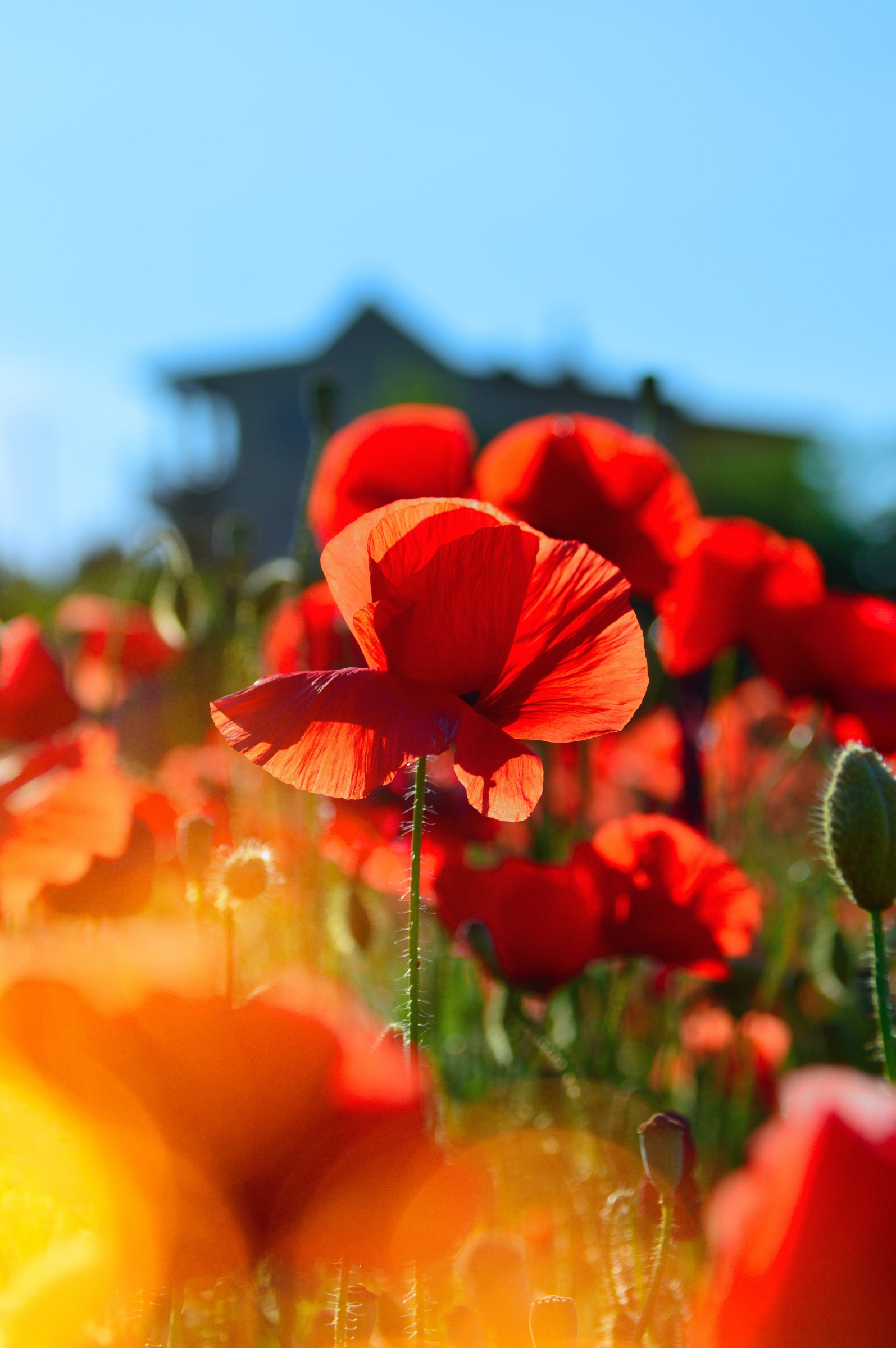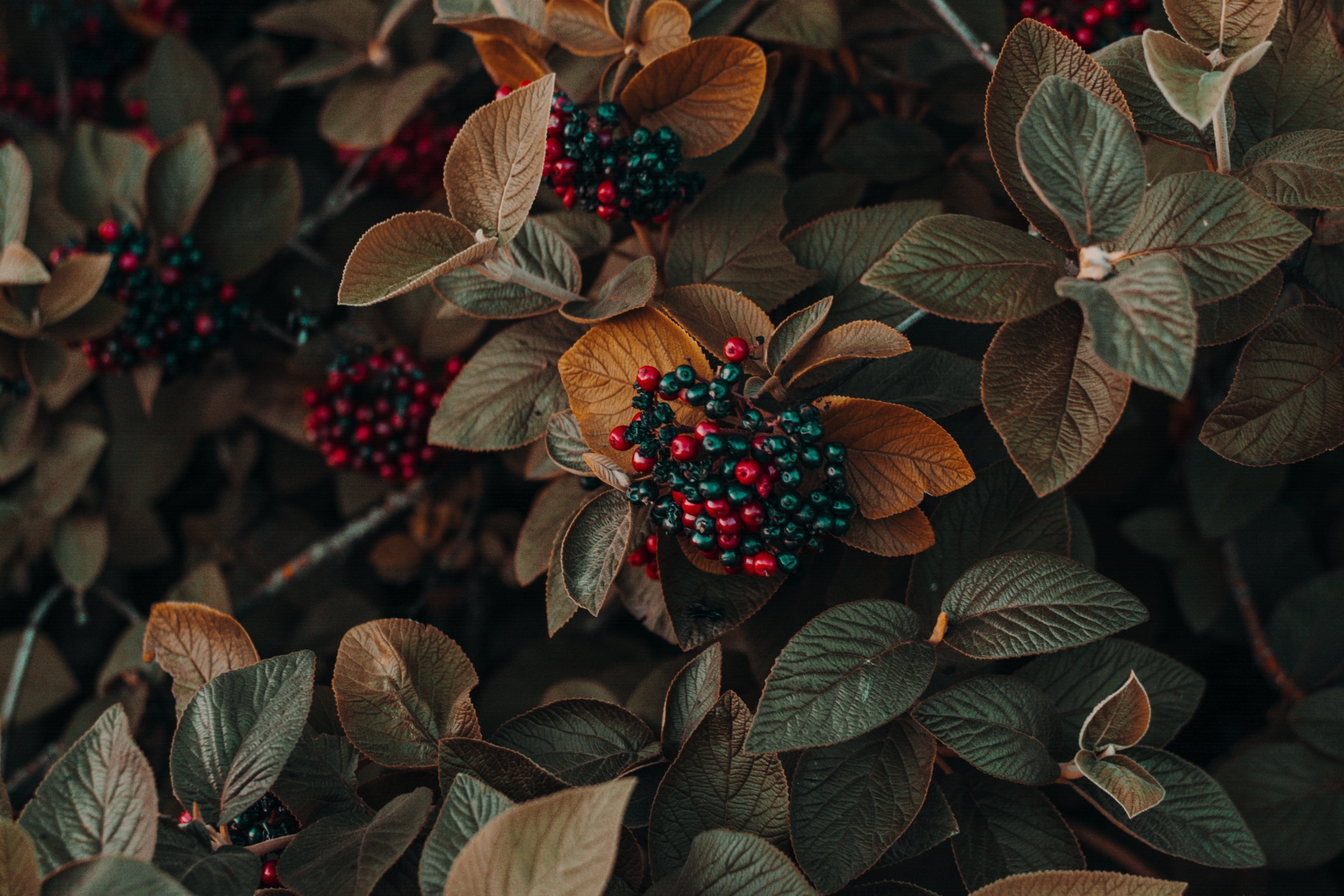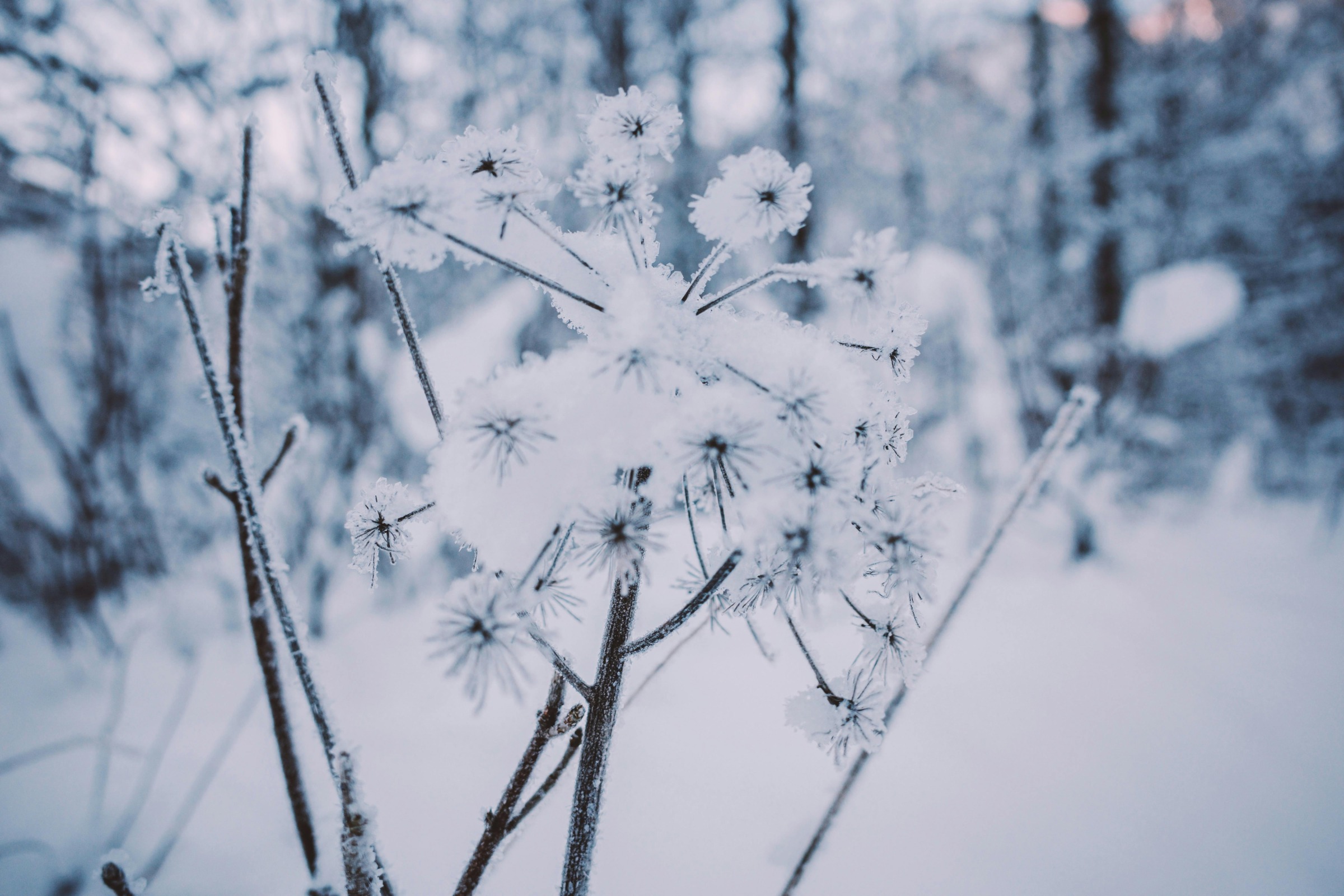Asparagus fern is a sprawling shrub native to coastal southeastern South Africa. Despite the common name, it is not a true fern, but is in the asparagus family (Asparagaceae) or the lily family (Liliaceae, which includes plants such as amaryllis, daylilies, hosta, and tulips) depending on the classification system used. It is in the genus Asparagus, which includes the edible A. officinalis, along with about 300 other species. The exact classification of this species is a bit confused, with most references to Asparagus densiflorus, but the names A. aethiopicus, A. sprengeri, and Protasparagus densiflorus are also used as well by some. ‘Meyeri’ asparagus fern in a container
This tender evergreen perennial with bright green, ferny foliage is commonly used as an outdoor ornamental plant or houseplant. In mild climates, it is planted outdoors as a groundcover or in containers. It is hardy in zones 9-11 but the roots will often survive to zone 7 if protected. In more temperate climates, it is used as a seasonal annual or container plant. In its native habitat, asparagus fern is found in shady, sandy sites, including coastal dunes, open rocky places and woods. Where it has escaped from cultivation, it is generally found along shady roadsides and invading woodlands or rainforests where it displaces native vegetation and prevents native species from reestablishing. It is considered an invasive weed in some locations, including Florida, Texas and Hawaii in the US. Asparagus fern produces long, upright or trailing, branching stems sparsely covered with sharp, stiff spines in the axils. The rounded stems, up to 6 feet long, are green to brown in color and have a shallow indentation along their length. What appear to be leaves are actually leaf-like cladodes (short, flattened stems that look and function like leaves). These needle-like “leaves” arise in groups of four to eight from the nodes along the stem. The true leaves are barely visible scales near the base of the cladodes. Plants have a dense fibrous root system as well as creeping rhizomes and numerous fleshy white bulbous tubers. The trailing stems (L) have groups of leaf-like cladodes (LC) that arise from the longitudinally ridged stems (RC). Sharp spines (RT) and the true leaves are barely visible at the base of the cladodes (RB, where arrow is pointing).
Small white or pinkish-white flowers are produced in elongated clusters (racemes) along the stems from spring through fall on mature plants with sufficient light. Each flower has six tepals (3 petals and 3 sepals similar in appearance). Although fragrant, they are small enough not to be very noticeable – and plants grown in temperate climates often do not bloom. Plants are dioecious. If pollinated, female flowers are followed by small round berries up to ¼ inch in diameter. The green fruits mature to a glossy red and each contains one to three black seeds. Many birds are attracted to the fruits and are responsible for unintended seed dispersal in mild climates. The berries can cause dermatitis when in contact with skin and gastrointestinal upset if ingested and are toxic to cats and dogs. Small, pinkish-white flowers (L) are followed by red berries (C and R).
Plant asparagus fern in full sun or light shade; plants grown in full sun are more compact and dense than those grown in shade. It does best in moist soils rich in organic matter but tolerates almost any conditions and is fairly drought tolerant once established.
Asparagus fern is valued as an ornamental for its bright green, arching stems and airy foliage. Its fine foliage gives a soft or fluffy appearance and can be used to good effect for textural contrast in combination with plants having medium or coarse-textured foliage or very large leaves. It can be planted in the ground with other annuals as a bedding plant after the last frost in cold climates. This plant makes a great filler plant in containers, especially in hanging baskets or large urns where the delicate foliage can cascade down. It has a tropical feel when combined with elephant ears, canna lilies and hibiscus. The foliage can also be incorporated as a filler with cut flowers in arrangements. Asparagus fern is a great houseplant for novice gardeners as it doesn’t require any special care. It grows well in direct or bright indirect light (the brighter the light, the faster it will grow) and because of the tuberous roots which store water, it can tolerate periods of neglect. It does best with consistent moisture, although plants should be kept drier in the winter and any fertilization stopped during that time. The foliage will yellow and drop if the soil is too dry or there isn’t enough light. Old or yellowed stems should be cut out at the base and the ends of stems can be trimmed back to keep the plant shaped.
In the spring trim out old growth and begin fertilizing monthly for lush new growth. These plants can quickly outgrow their containers, so need frequent repotting to keep them growing vigorously. The roots are also quite strong and can break pots, so larger, thicker containers may be desireable. Repotting is best done in early spring before new growth starts. Indoor plants can be moved outdoors seasonally (bringing them back inside before frost) but should be acclimated to the stronger light outside before being moved to a spot in full sun. This plant has few pests, indoors or out, but occasionally become infested with aphids, mealybugs, spider mites or whiteflies. Asparagus fern can be propagated from seed and division. Seeds will germinate in 3-4 weeks at room temperature. Scarify the seeds and soak in water for a day before planting to hasten germination. Plants can be separated into smaller pieces or the tubers will regenerate plants. Spring is the best time for division but these tough plants can be propagated at almost any time of the year.
The two most common varieties are ‘Sprengeri’ and ‘Meyeri’. The latter, commonly called foxtail asparagus fern, has more upright stems with denser foliage, resembling a fluffy animal’s tail, radiating outwards from the center of the plant. This cultivar is especially nice as an upright focal point in the ground or a container surrounded by lower plants. It does not produce seed as readily as the species so does not have the same invasive potential in mild climates. ‘Cwebe’ has graceful, upright, arching stems and copper-colored new growth. It does best in light shade. ‘Sprengeri Nanus’ and ’Sprengeri Compacta’ are more compact forms. – Susan Mahr, University of Wisconsin – Madison
Hey there garden lovers! I’ve been growing asparagus for several years now, and let me tell you – there’s nothing quite like watching these unique plants develop throughout the seasons Today, I’m gonna share everything I know about asparagus plants with lots of visual references to help you understand what to expect at each growth stage
What Does an Asparagus Plant Actually Look Like?
Asparagus plants go through several distinct phases during their growth cycle. Let me break it down for ya:
1. The Crown Stage
- Looks like a spider-like cluster of roots with a central “crown” on top
- Usually brownish in color when dormant
- Has visible buds that will eventually become spears
- Typically 1-2 years old when purchased as bare root crowns
2. The Emerging Spear Stage
- Bright green spears pushing up through soil
- Spears are typically 6-9 inches tall when ready for harvest
- Tips are tightly closed and compact
- Can grow up to 2 inches per day in ideal conditions
3. The Fern Stage
- Tall, feathery fronds that can reach 4-6 feet
- Delicate, wispy branches spread outward
- Bright green color during growing season
- Turns yellowish-brown in fall before dying back
Growing Stages Timeline with Visual Markers
Spring (April-May)
- First spears emerge when soil temps reach 50°F
- Look for pencil-thick green shoots
- Tips should be tight and pointed
- Multiple spears will emerge from each crown
Summer (June-July)
- Unharvested spears develop into ferns
- Plant reaches full height of 4-6 feet
- Ferns spread out creating umbrella-like canopy
- Deep green color indicates healthy growth
Fall (September-October)
- Ferns begin yellowing naturally
- Seeds form on female plants (red berries)
- Fronds start dying back
- Plant prepares for dormancy
Winter
- Dead brown ferns can be cut back
- Plant is dormant underground
- Crown and roots survive below frost line
- Ready to regrow in spring
Tips for Identifying Healthy Asparagus Plants
Here’s what I look for when checking my asparagus plants:
Good Signs
- Straight, thick spears (pencil-width or larger)
- Tight, compact tips
- Bright green color
- Multiple spears per crown
- Full, bushy ferns
Warning Signs:
- Skinny, weak spears
- Open, flowering tips too early
- Yellowing ferns during growing season
- Few spears per crown
- Stunted growth
Picture Perfect Planting Guide
When starting your asparagus bed
- Prepare the Trench:
- Dig 8″ deep for normal soil
- Make trench 12″ wide
- Space multiple trenches 4 feet apart
- Plant the Crowns:
- Space 12-18 inches apart
- Point buds upward
- Cover with 2-3 inches of soil initially
- Add more soil as plants grow
- First Year Care:
- Keep well watered
- Don’t harvest any spears
- Let all growth become ferns
- Remove weeds carefully
Common Questions About Asparagus Plant Appearance
Q: Why are my asparagus spears so thin?
A: Skinny spears usually mean the plant needs more nutrients or was harvested too heavily. Give it a rest and some compost!
Q: Should I cut down the ferns in fall?
A: Yep! Once they’re completely brown, cut ’em down to ground level. I usually do this in late fall or early spring.
Q: How can I tell male and female plants apart?
A: Female plants produce red berries in fall, while males don’t. Males generally produce more spears but they’re slightly thinner.
My Personal Tips for Picture-Perfect Asparagus
After growing asparagus for years, here’s what I’ve learned about keeping them looking their best:
- Feeding Schedule:
- Early spring: balanced fertilizer
- After harvest: nitrogen-rich feed
- Fall: potassium-rich compost
- Maintenance Routine:
- Weekly weeding during growing season
- Regular watering (1 inch per week)
- Annual mulching with compost
- Fern support if needed
- Documentation:
- Take pictures throughout season
- Track spear production
- Note weather impacts
- Record harvest dates
The Waiting Game: Year-by-Year Development
Be patient! Here’s what to expect:
Year 1:
- Small ferns establishing
- No harvest
- Focus on root growth
Year 2:
- Stronger ferns
- Limited 2-week harvest
- More spears emerging
Year 3:
- Full-sized ferns
- 4-6 week harvest
- Plant hitting stride
Years 4+:
- Maximum production
- 8-10 week harvest
- Established pattern
Wrapping Up
Growing asparagus is definitely a long-term commitment, but man, is it worth it! The plants are beautiful throughout their different stages, and nothing beats fresh-picked spears from your own garden.
Remember, these hardy perennials can produce for 20+ years when properly cared for, so take lots of pictures to document your asparagus growing journey. Trust me, you’ll love looking back at how far your plants have come!
Have you started growing asparagus yet? Drop a comment below with your experience or questions – I’d love to hear from ya! Happy growing!
Note: This guide is based on my personal experience growing asparagus in zones 5-7. Your results may vary depending on your specific climate and conditions.

Featured Articles by Season




Ask Your Gardening Question
If you’re unable to find the information you need, please submit your gardening question here:
